(Paris, 1715 – Amsterdam, 1783)
Portrait of a lady
Oil on oval canvas
60 x 50 cm. - In frame 77 x 66 cm.
Work accompanied by expertise: Raffaelle Colace (Cremona), Ferdinando Arisi
Reference bibliography: d’Arnoult, Dominique (2014) Jean-Baptiste Perronneau, c 1715-1783, un portraitiste dans l’Europe des Lumières
Excerpt from the expertise of Dr. Colace:
This refined portrait of a lady is a perfect example of the style of Jean-Baptiste Perroneau, a very talented French painter, whose most beautiful works are located, just like this one, between the fifth and sixth decades of the eighteenth century.
"Perroneaeu is more naturally colored than La Tour, the est, in the peinture de poussière colorée, tout plein de tons clairs, frais, presque humides": this is how his brothers wrote about him in La Maison d'un Artiste (1880). Edmond and Jules de Goncourt, who recognized in Perroneau's art points of contact with Joshua Reynolds (1723-1792) and in general with English portraiture of the second half of the eighteenth century (see D. Wakefield, French, Eighteenth-Century painting , London 1984, pp. 79-80).
Compared to the magniloquence in the presentation of the characters and the technical virtuosity of the French ones, Perroneau's portraits are in fact distinguished by a certain sobriety and a less artificial pictorialism as can be seen in the magnificent Portrait of Daniel Jousse preserved in the Musée des Beaux-Arts of Orléans (Fig.1) or in that of Madame Chevoter (Fig.2) from 1751, also in Orléans, executed in pastel - a technique that the painter favored from the middle of the century (both illustrated in French Painting, edited by Pierre Rosenberg, Milan 1999, II, p. 502, figures 487, 488).
The vague note of melancholy that can be read on Madame Chevotet's face reflects the sentimental and wandering character of the painter who almost always endows his subjects with intelligence, sensitivity, and something remote in the expression, as the distant gaze also tells us of our lady.
Beyond the rendering of the character, in this beautiful portrait it is worth underlining the pictorial harmony of the soft colors and the clear light that caresses the rosy face and affects the pearl of the clip in the dark colored hair which, in its foamy rendering and evanescent, they are diluted in the delicately shaded background, while fluid and loose brushstrokes describe the wide neckline of the dress with a white rose in the centre.
The colors are those of the 'muted' palette typical of Perroneau, usually played on beige, brown, olive-green, blue and white tones spread through soft and interrupted brushstrokes on a neutral background with a result of natural delicacy, far from the artificial and by the pictorial resolve of a Nattier.
The value and charm of the portraits of the French artist lie precisely in the simple and inconspicuous character and it is not surprising that from the mid-eighteenth century he dedicated himself to the more discreet pastel technique, in keeping with his feelings.
For example, in addition to the one already mentioned of Madame Chevotet, the beautiful Portrait of a Girl with a Kitten (Fig.3), from 1743, preserved in the National Gallery in London, is in pastel. Preserved in the Louvre, however, is the famous Portrait of Madame de Sorquainville (Fig.4), in oil, dated 1749, which certainly constitutes one of the greatest achievements of Perroneaut's art (ill. in Wakefield 1984, op. cit., p . 70, fig. 82). Then we can mention the portrait of Magdaleine Pinceloup de la Grange (Fig.5), from 1747, now preserved at the Getty Museum in Los Angeles.
The painting is sold complete with a pleasant gilded wooden frame and is accompanied by a certificate of authenticity and descriptive iconographic card.
We take care of and organize the transport of the purchased works, both for Italy and abroad, through professional and insured carriers.
If you have the desire to see this or other works in person, we will be happy to welcome you to our new gallery in Riva del Garda, in Viale Giuseppe Canella 18. We are waiting for you!
Contact us for any information or to organize a visit, we will be happy to answer you.
Follow us also on:
INSTAGRAM: https://www.instagram.com/galleriacastelbarco/?hl=it
FACEBOOK: https://www.facebook.com/galleriacastelbarco/



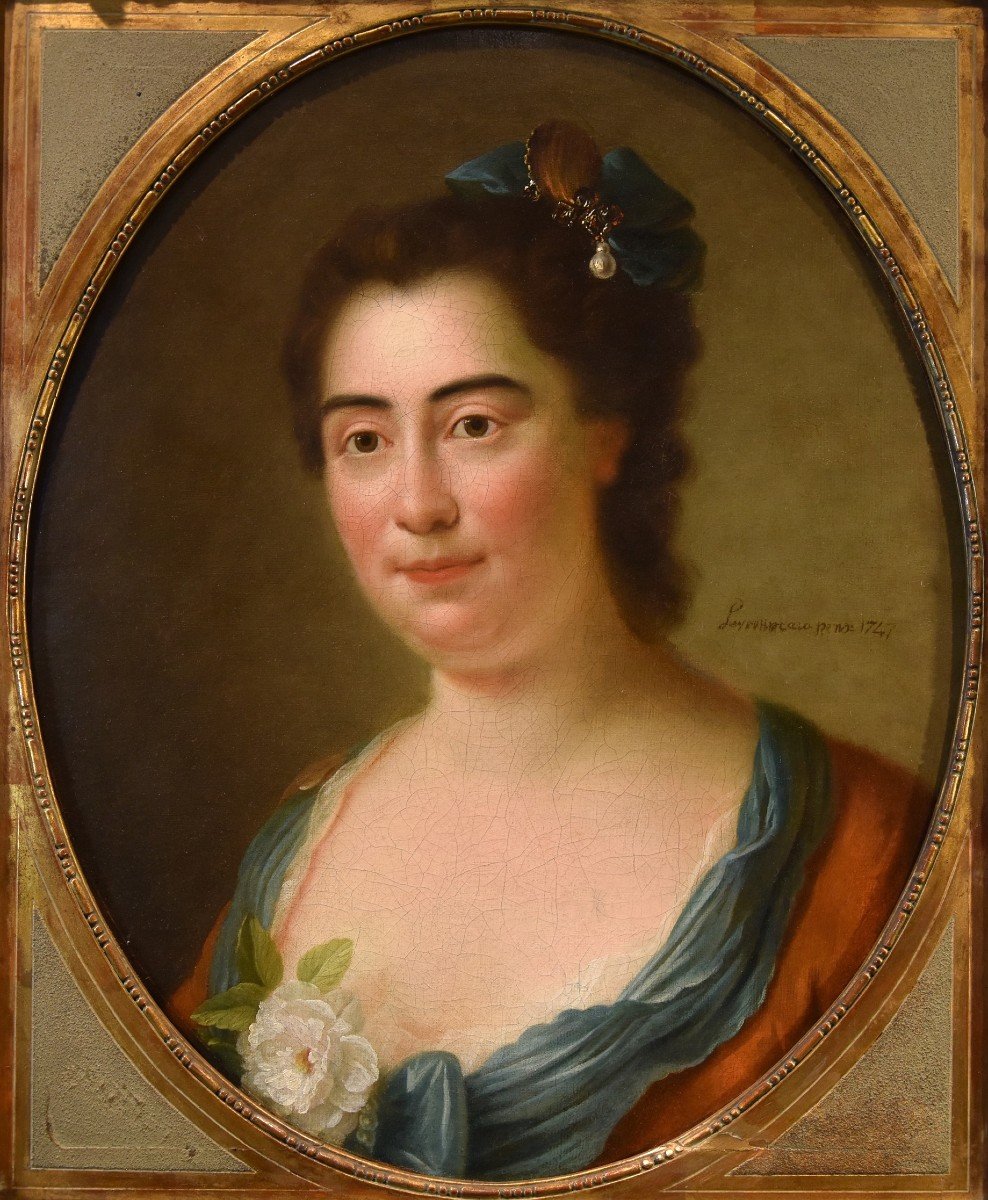


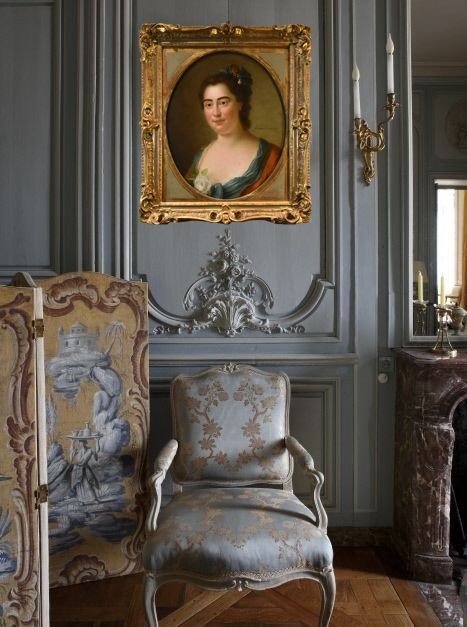

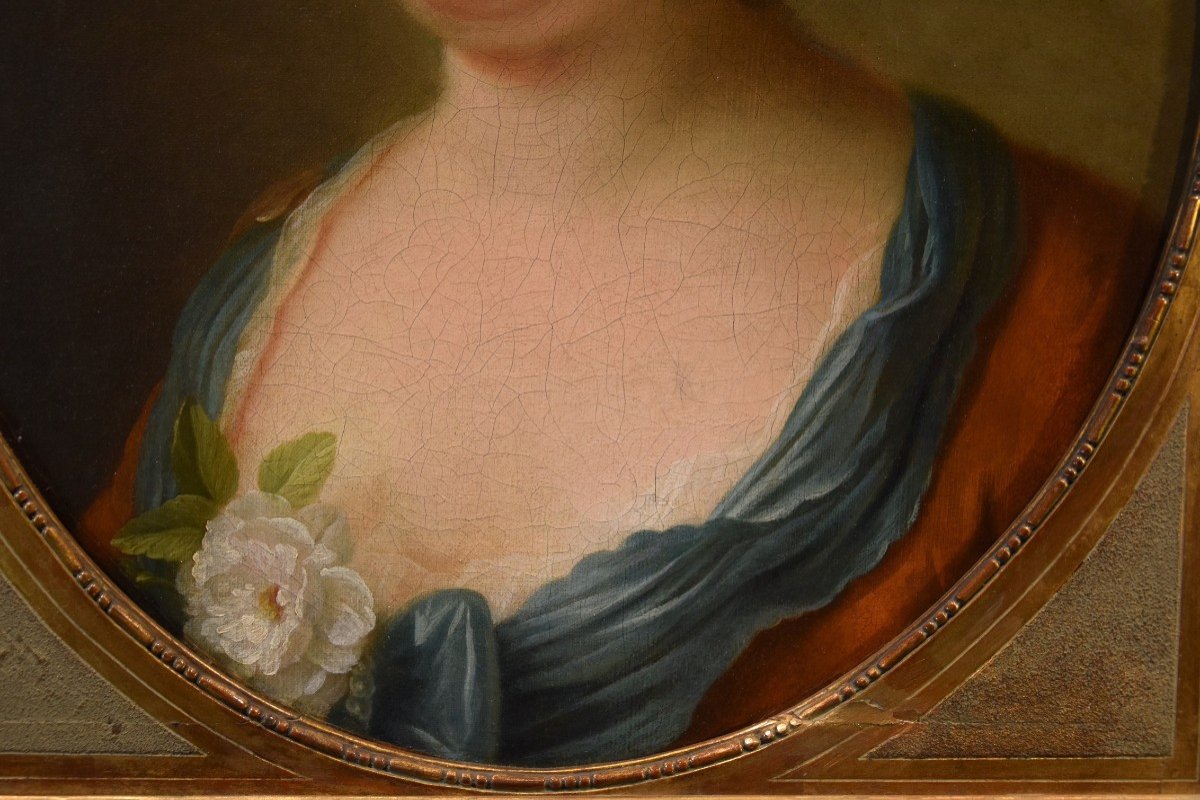
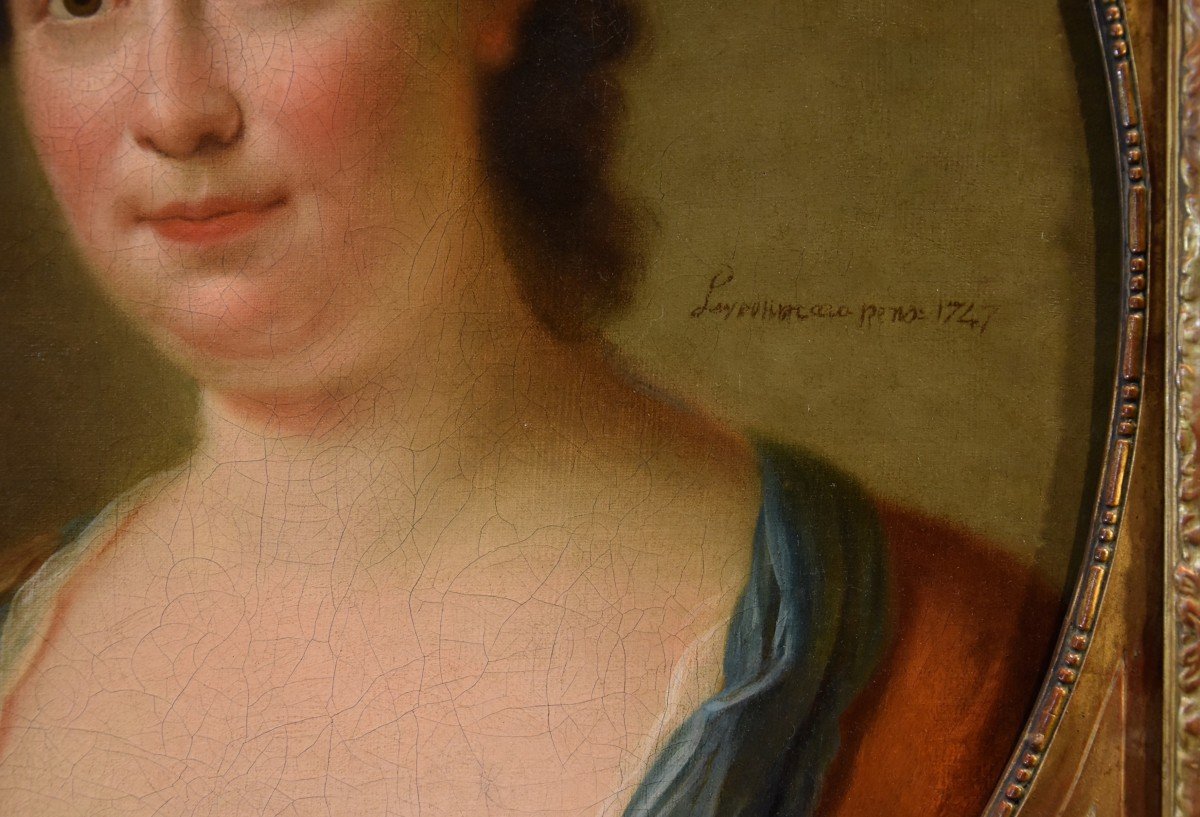






























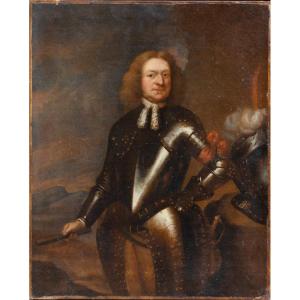





 Le Magazine de PROANTIC
Le Magazine de PROANTIC TRÉSORS Magazine
TRÉSORS Magazine Rivista Artiquariato
Rivista Artiquariato